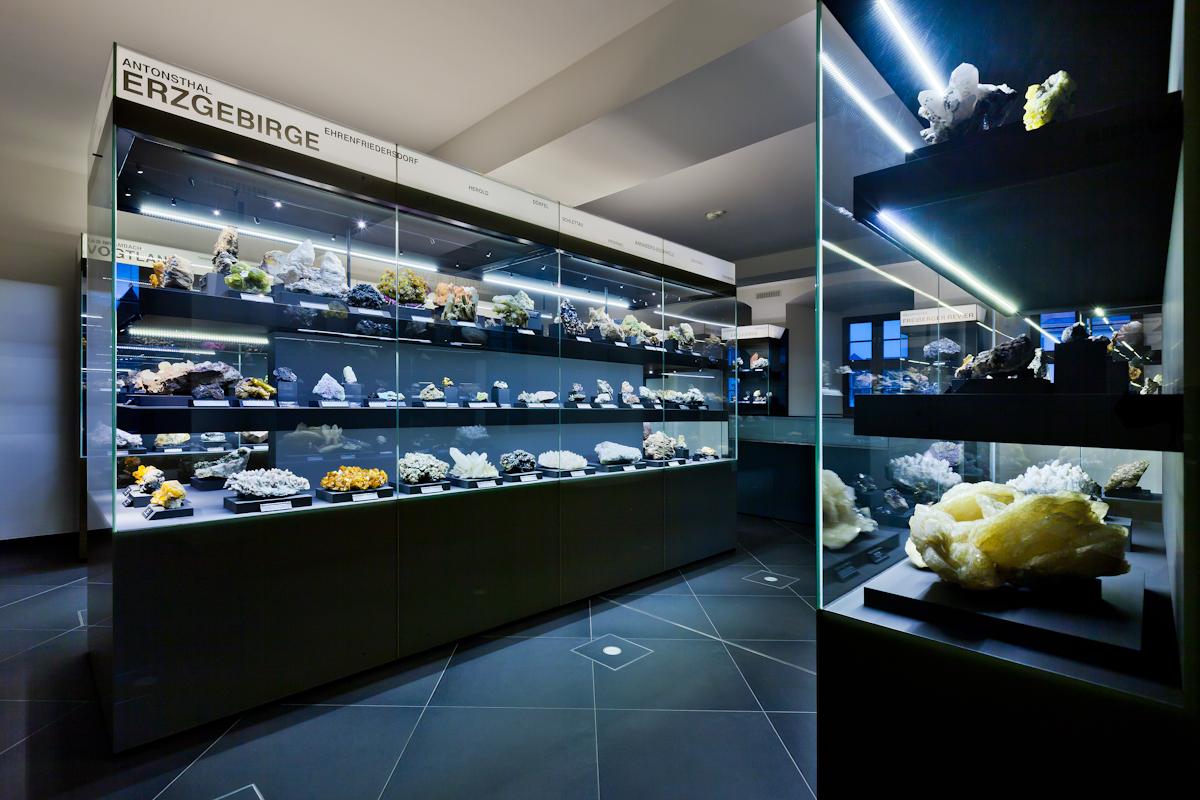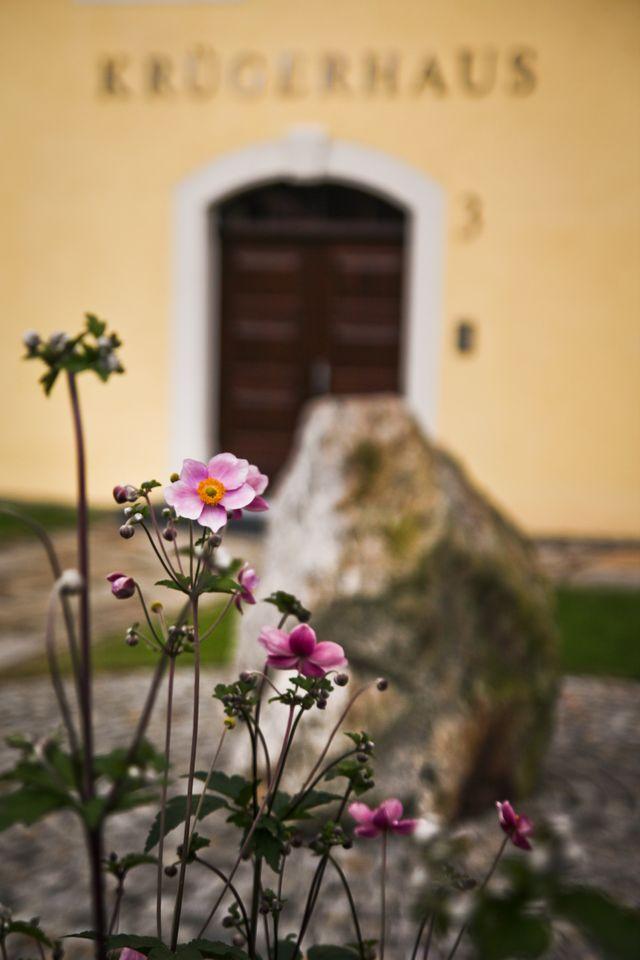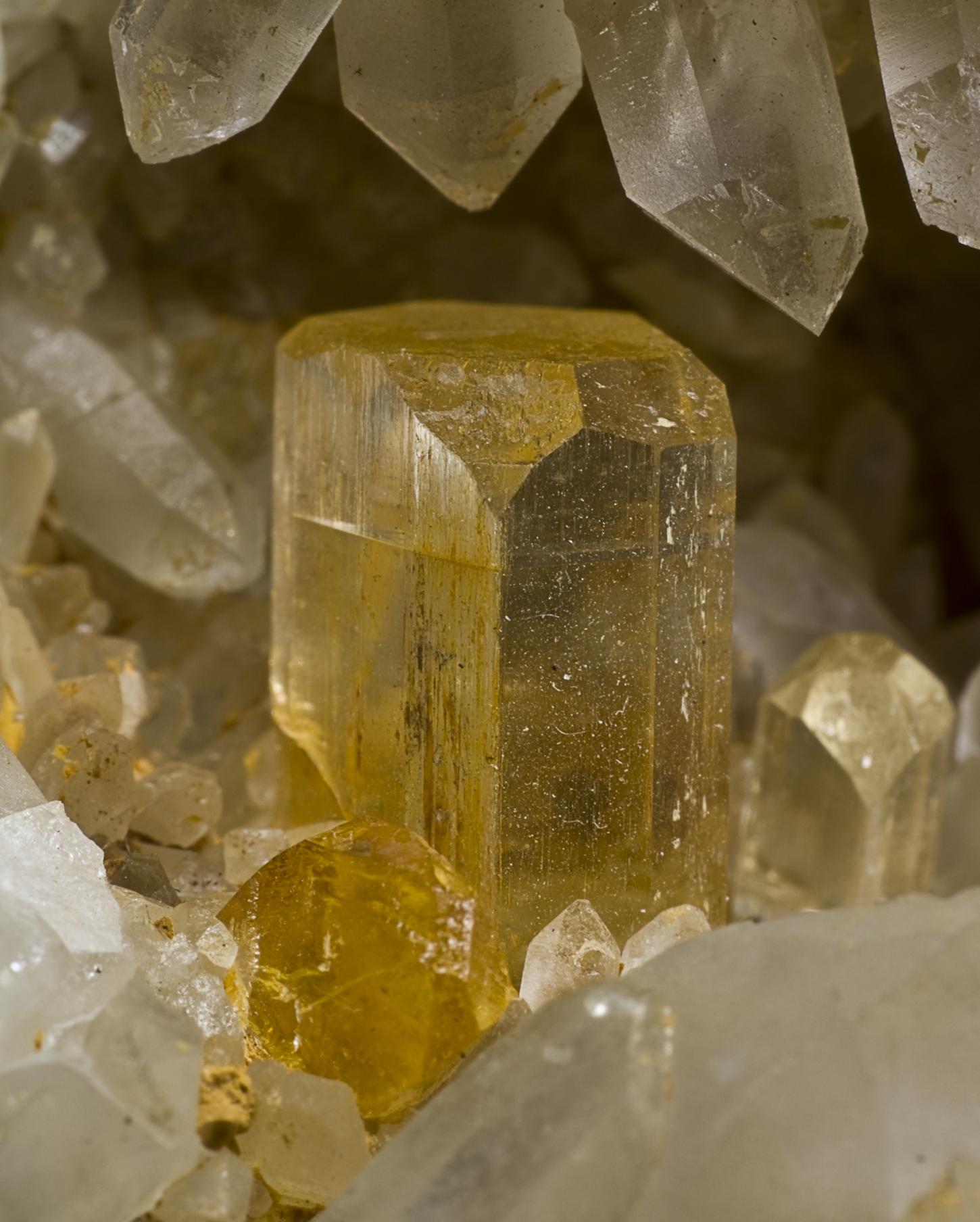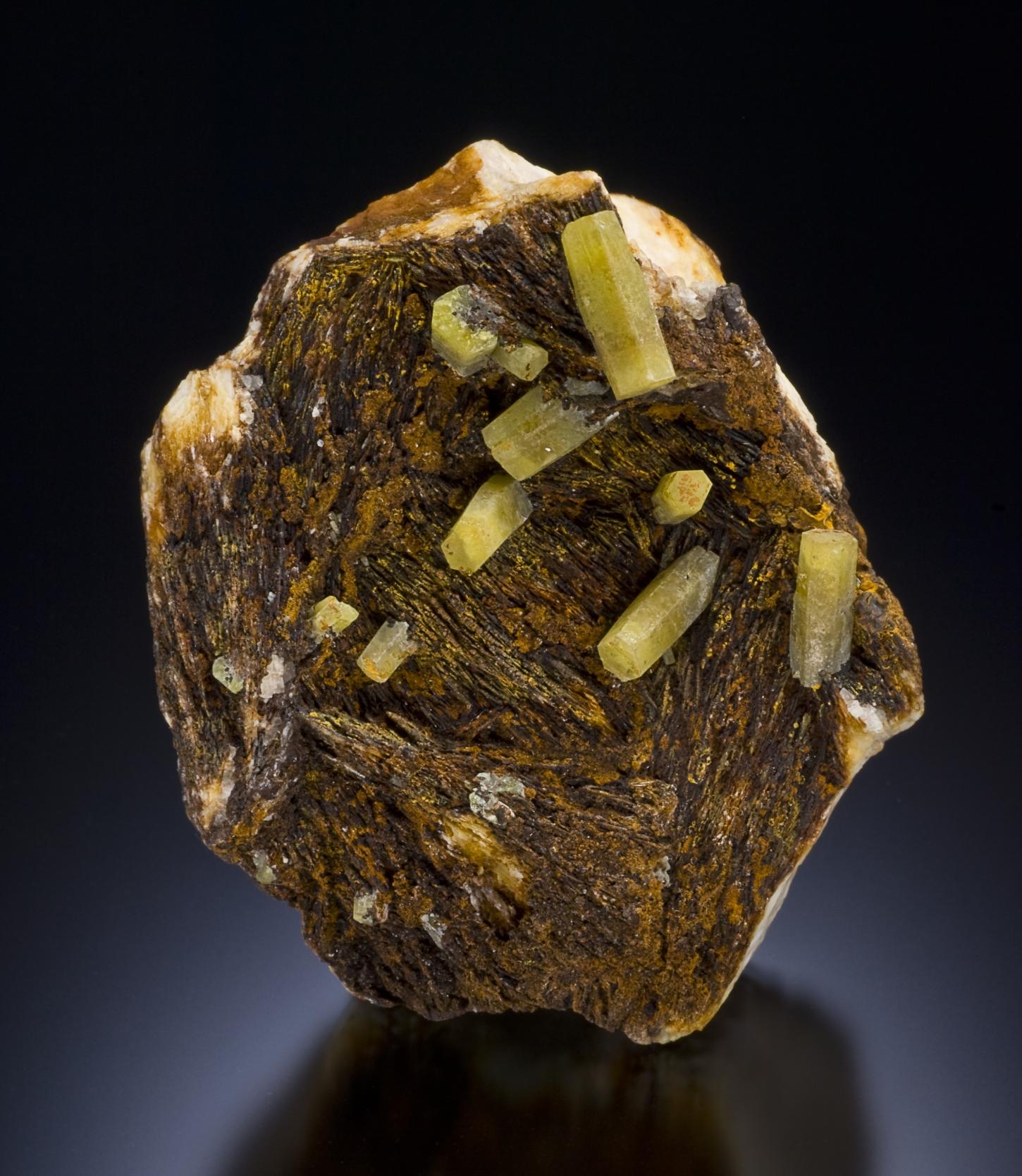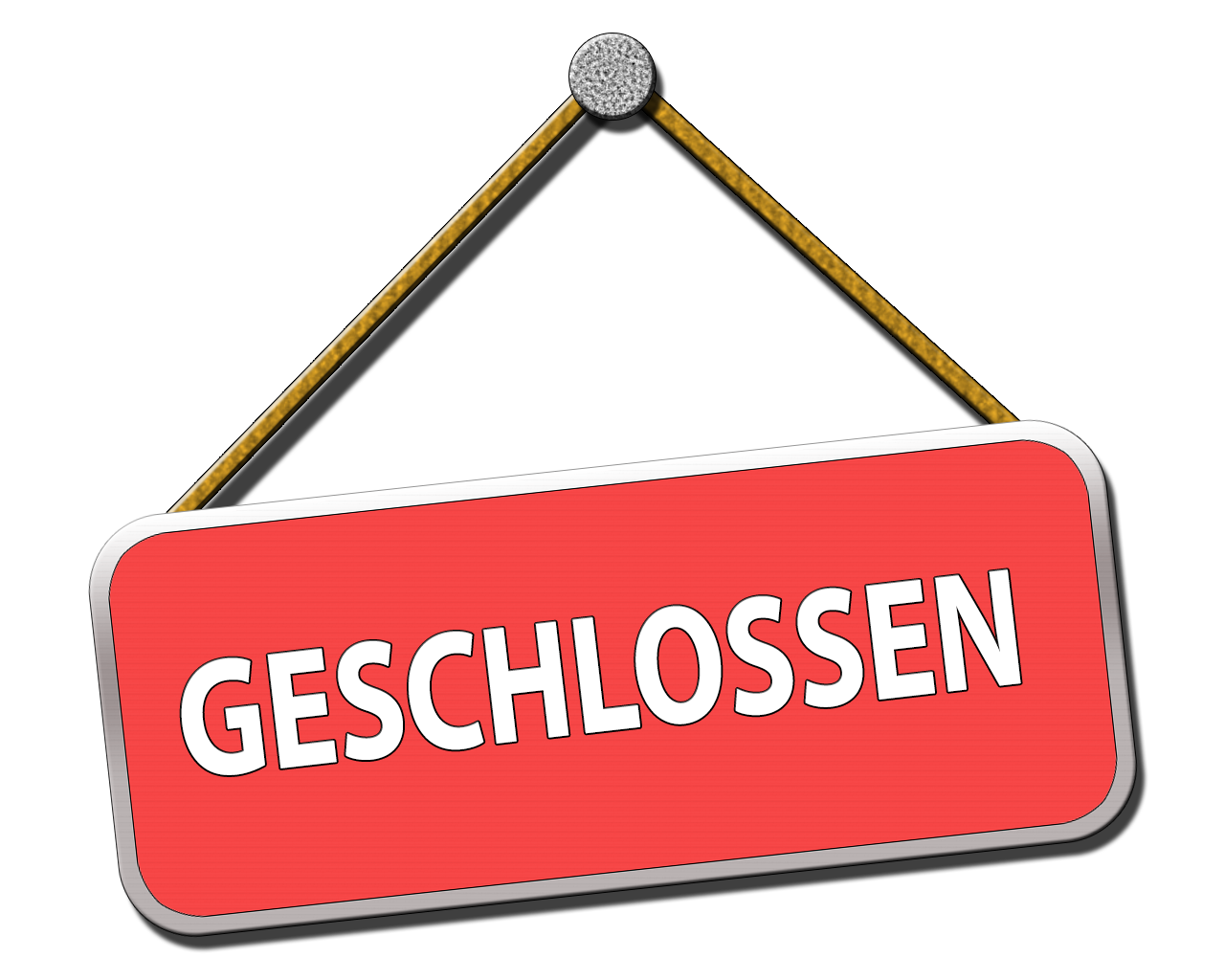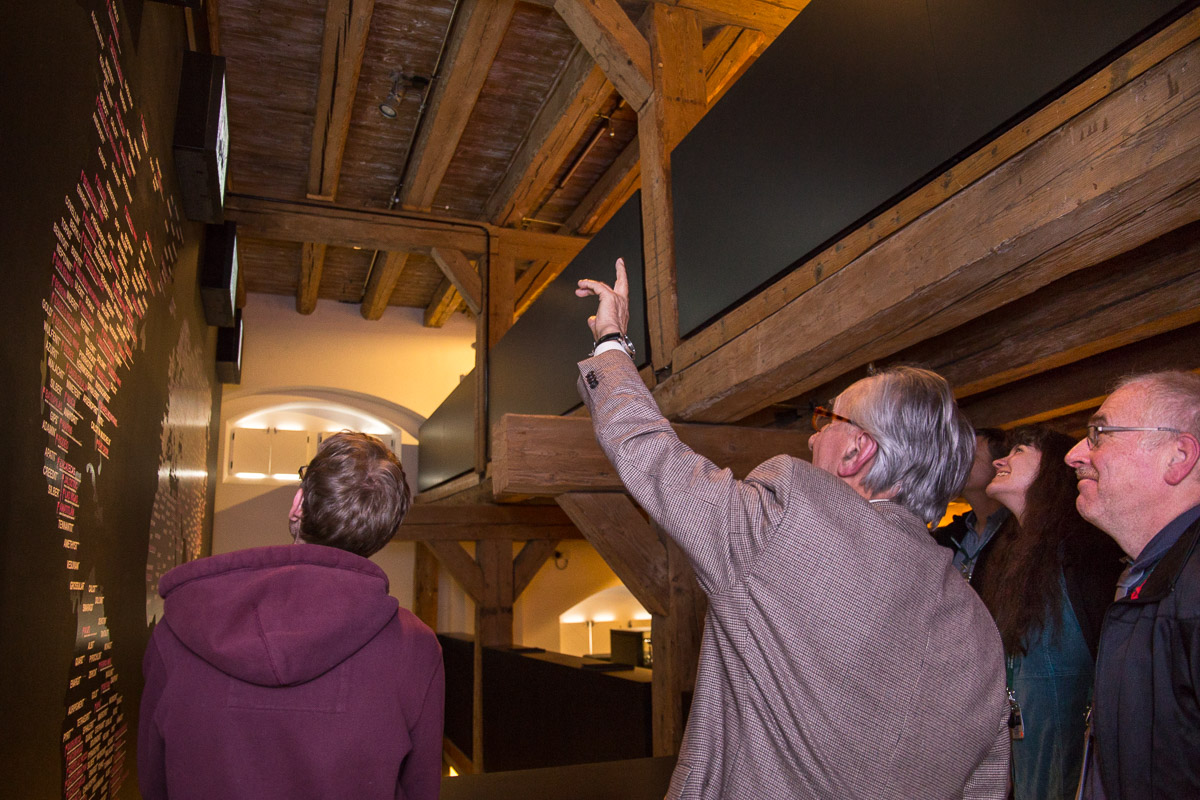Entrance room
Imposing silver wires, arranged with small calcite crystals, grown from an ore vein: this is how you are introduced to the entrance area of the Mineralogical Collection of Germany. In the sign of this metal, you can enjoy a variety of silver minerals from the Freiberg mining district.
Get an overview from the historical beginnings of the collections in Freiberg to current new acquisitions. Let students, scientists and mineral collectors tell you what they all have in common with collecting in our "Collectors' Gallery".
Saxony
A large part of the collection is the exhibition of Saxon minerals. Here you will find some of the most beautiful mineral specimens from Germany's mineral-richest federal state.
In addition to rare minerals from the mines of the former SDAG Wismut, the famous specimens from the more than 850-year-old mining region around Freiberg are also displayed here. Particularly impressive are excellent specimens of honey-yellow baryte from the ore deposit in Pöhla, which is world-famous among mineralogists.
In this room you will also find the special mineral whewellite from the Schlema-Hartenstein mining area. The up to 15 cm large crystals are a real mineralogical rarity. It is one of the very rare organic minerals worldwide and probably better known as kidney stone.
Treasure room
In the treasure room you will get an impression of Germany's gemstone richness. Here, both raw crystals and the sparkling gemstones as well as pieces of jewellery from the best-known German deposits are presented.
In addition to the displayed gemstones, which include the largest blue Hauyne crystal in the world, you can also admire recent gold discoveries from the Saxon rivers.
A real gem is a double trophy from the Grüne Gewölbe in Dresden, which is produced from the special serpentinite from Zöblitz.
From the "Blaue Druse"
The dark blue crystals of this fluorite specimen from the Beihilfe Mine near Halsbrücke are a very colourful spectacle. Many of these pieces originate from the so-called "Blaue Druse", a gigantic crystal cave that was discovered in 1964 shortly before the mine was closed. Since the dark blue fluorites fade very quickly in the sunlight, only a few specimens with such a great colour still exist today.
From the Vogtland to the Grüne Gewölbe
Topazes from Schneckenstein are some of the classic gemstones from Germany. The well-known deposit in the Saxon Vogtland was already mined under Augustus the Strong. In the Grüne Gewölbe in Dresden you can also see gemcutted Schneckenstein-topazes.
A great speciality can be found in the front garden of the Krügerhaus. A piece of the original Schneckenstein rock is exhibited there, where you can get an idea of the situation in which this Saxon gemstone was found.
Discovered in Saxony
Several minerals were first discovered in the historic mines of Saxony. One of the best known example is certainly the pyromorphite from Zschopau.
The mostly apple-green crystals are, as in this specimen, very contrastingly grown on baryte. The mineral can also be found at many other sites around the world. You can find some excellent specimens in the Asia Hall of terra mineralia.
